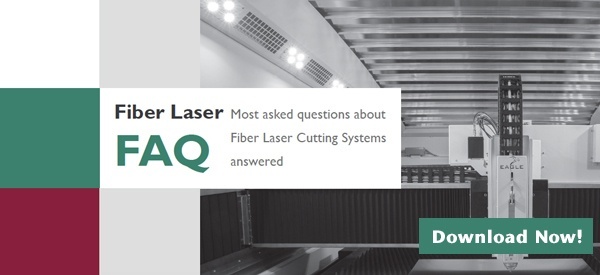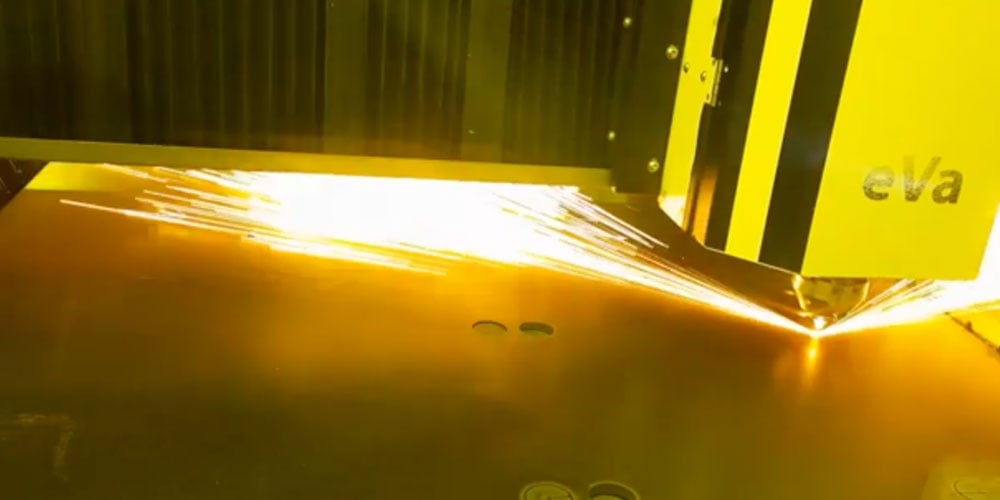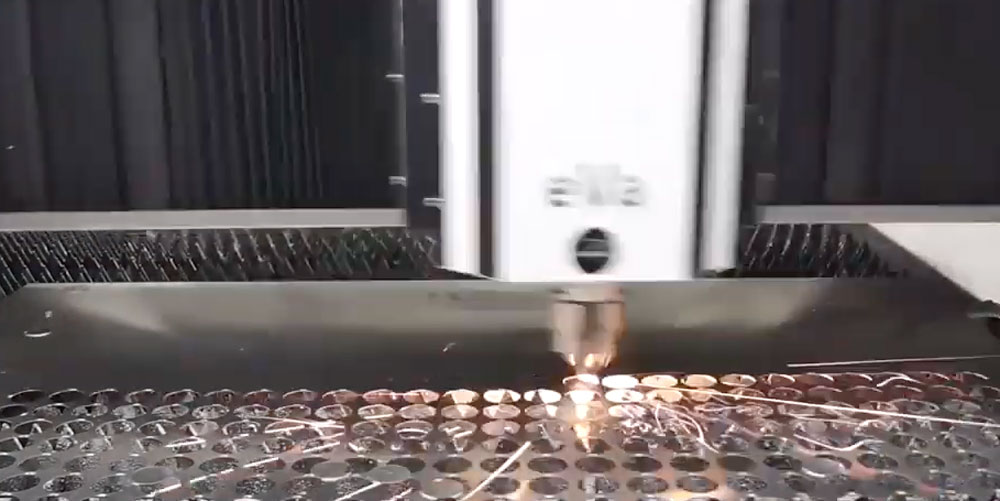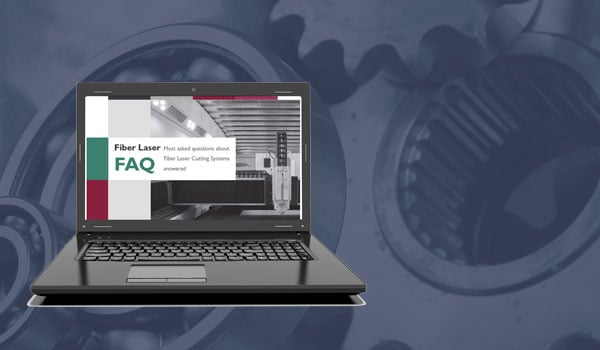
In a world where all eyes are on sustainability, industrial machining and manufacturing are not at the top of the list of eco-friendly industries. All metal-cutting practices generate waste and pollution to varying levels, however, some have greater impact on the environment than others.
When you’re looking for high-yield productivity in metal cutting, fiber lasers offer advantages over plasma and C02 machines when it comes to reducing carbon footprint. With increased energy efficiency, reduced waste and simpler technology, fiber lasers are a good choice for fabricators looking for speed, power and efficient output, while mitigating ecological concerns.
Are Fiber Laser Energy Efficient?
One of the top benefits of fiber lasers is the decreased energy consumption. This is key from both an environmental and cost-saving standpoint. Compared to CO2 lasers, fiber has increased energy efficiency and consumes 3 to 5 times less energy. Thanks to their simple, solid-state design, fiber lasers require less electrical input for often better output. They also require reduced cooling requirements and hibernate when not in use, avoiding energy waste.
By consuming far less power to get the job done, fiber lasers leave a smaller carbon footprint than their CO2 counterparts.
Does Fiber Lasers Reduce Waste?
We often talk about the power and speed that fiber lasers are known for, but another significant attribute is the cutting precision. Not only do fibers use less energy, they quicken the process and reduce material waste when teamed with a powerful CAM software.
Plus, fiber lasers are built to last and require low maintenance. While the initial investment may be high, with a lifespan of about 15 years, minimal replacement part requirements and increased productivity, you’re investing in waste reduction and efficiency.
What about Toxic Substances?
Not only do fiber lasers’ solid-state design mean lower maintenance, they also require less chemicals and toxic substances to run. Unlike CO2 machines that can have 6 to 12 mirrors that need to be cleaned, cooled, and maintained, fiber lasers are mirror-free. Plus, they avoid the chemicals that CO2 mirrors are coated with. In addition, solid-state resonators have no moving parts and no oils to change. While fiber lasers produce vaporized smoke and metal like all laser machines, the risk of pollution can be mitigated with strong ventilation systems and regular maintenance for your dust collector.
At the end of the day, no industrial process is going to be 100% eco-friendly. But with advanced technology like fiber lasers, you can sleep a little easier knowing they consume less energy, reduce waste, and lower the risk of environmental pollutants compared to CO2 machines – above and beyond their other benefits. It’s no wonder fiber lasers are quickly becoming the top choice for metal fabrication, and often replacing CO2 machines in shops everywhere.













Comments
Add Comment